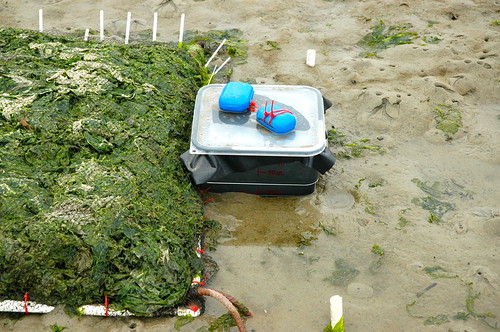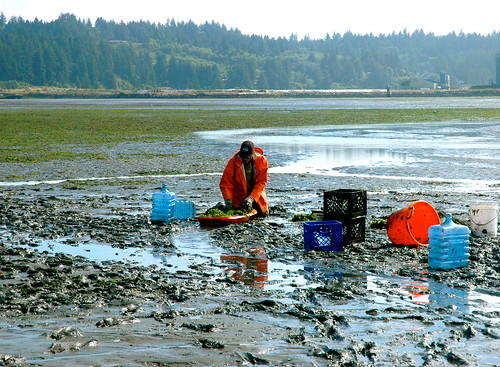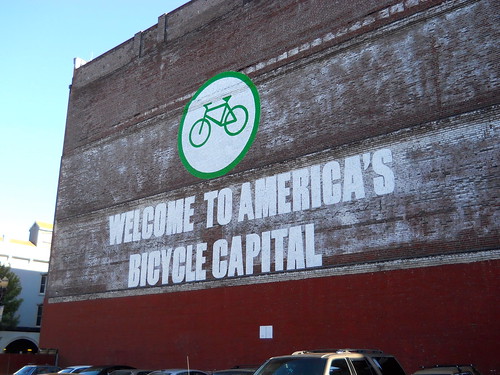Yet another week has come and gone on the Oregon Coast; and it was a fantastic one at that! Things started out at the EPA where I began transitioning from field studies to a laboratory experiment. In the field, we were observing the estuary sediment as it is naturally found and then with some added controls that we implemented last week.
We are now further expanding our control in the lab by setting up 9 estuary like environments in clear tubes to provide more insight into sediment oxidation under varying conditions. Three of the tubes have sandy sediment, with no algae cover in one tube, low algae cover in the other tube, and high algae cover in the final tube. The remaining 6 tubes are filled with muddy sediment. Three of the mud tubes are set up exactly like the sand tubes, and the remaining three are the same except they have mud shrimp added into them.
The tubes are tall, clear, glass cylinders that provide us with a large viewing area to see any sediment oxidation that may occur. The tubes are all connected to flowing seawater in order to replicate conditions in the estuary. The algae is held in place using netting, and the whole tube is covered in aluminum foil to prevent light from penetrating the sediment.
Collecting the sediment was quite the treat! It involved a fellow intern and myself trudging across the mudflats with carts and sleds to move 6 very heavy buckets of fresh Yaquina Bay mud and sand. I can only imagine the joy onlookers might have had upon seeing myself slowly sink into the mud, while pulling a sled full of it behind me. Aside from the humorous struggle of the day I was presented with an opportunity for science outreach. After I came up from the mudflats, I spoke with two people about my project. I was able to share with them my knowledge about wetland sediments and told them about my research. It is always exciting to share science with others, and after da Vinci Days, I learned how to talk to people about science in an effective manner.
Last weekend I began volunteering at the Hatfield Marine Science Center in the fish husbandry program. I helped to clean tanks, and even got to play with the giant pacific octopus at the end. If you’ve never had an octopus wrap its tentacles around your fingers, I highly recommend it. After volunteering, some fellow interns and myself made our way to Portland for the weekend. We spent our time exploring the city and all it has to offer. We went to Powell’s Books, Voodoo Donuts, and I even was able to play a piano in Pioneer Square.
I also started taking a class about the computer program, R. R is a statistics program that allows scientists to view and work with their data in an efficient way. However, R requires some knowledge about the “language” it uses, and the class will be covering how to understand and use the program. Luckily for me it is similar to Matlab, which I have used this past year at school to make ecological models of Lake Michigan. Hopefully it won’t be too difficult to understand!
Next week looks to be filled with more laboratory experiments and going out into the field to check on our plots. We are anxious to see what they look like and are hoping for good results!







The physical demands of moving a sled full of gunk and the percision required to set up the tubes in the lab, all must be quite exhausting. Did you ever have to redo one of the tubes after you set it up, or did you ever have to go back to get another load of gunk because the mix wasn’t quite right? Is that even a concern?